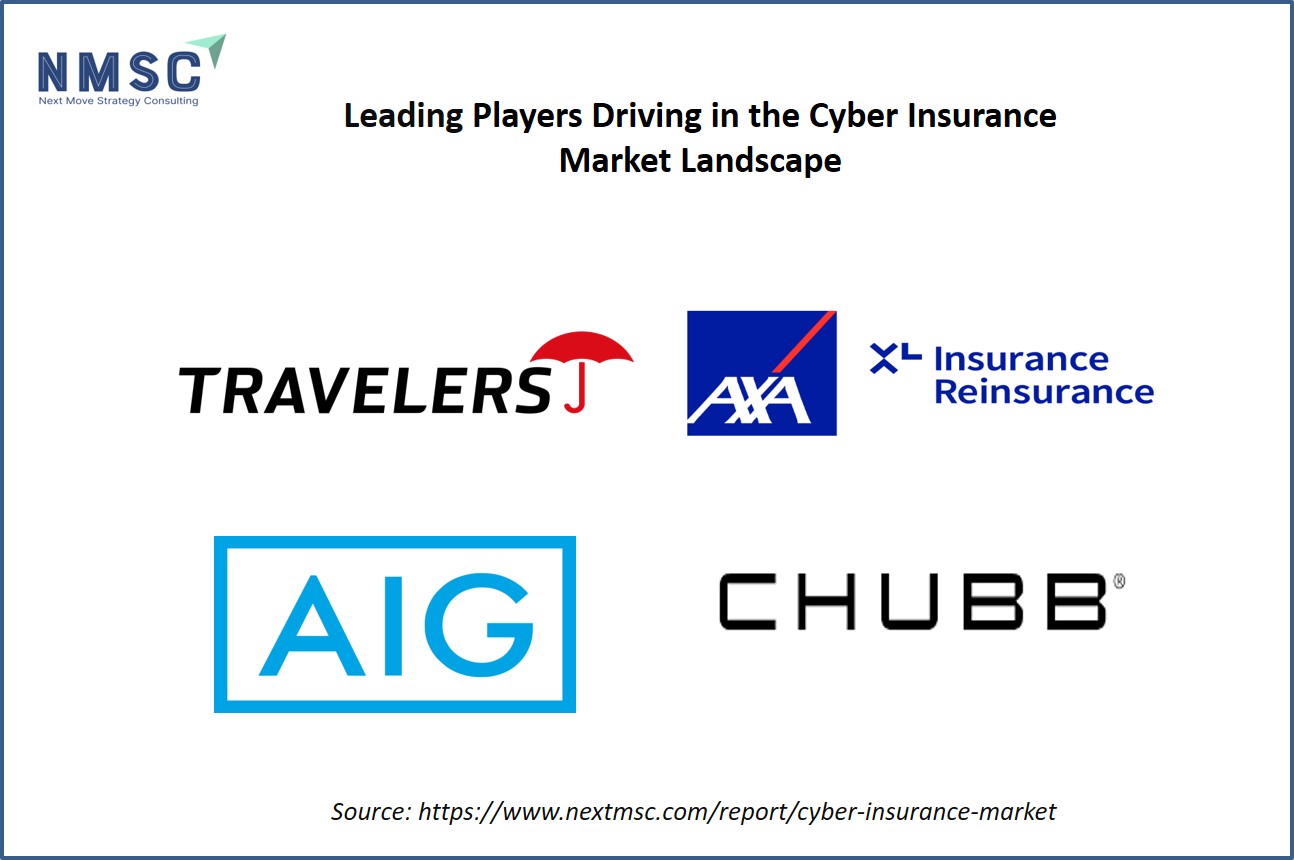Cyber Insurance in 2025: Navigating a New Era of Cybersecurity Demands
Published: 2025-09-17

Cyber threats are no longer a distant worry—they’re a daily reality for businesses worldwide. From ransomware attacks to data breaches, the stakes are higher than ever. In 2025, cyber insurance is evolving to keep pace, becoming both a safety net and a strategic tool for organizations.
Why Cyber Insurance Matters Now More Than Ever
Cyberattacks are hitting businesses hard, and the numbers tell a grim story. The 67% of US enterprises reported a breach in the past two years, despite heavy investments in security tools. In Australia and New Zealand, insurers are raising the bar, requiring an average of six cybersecurity solutions for coverage, compared to a global average of five.
According to the report by Next Move Strategy Consulting, the global Cyber Insurance Market size is predicted to reach USD 35.21 billion by 2030, with a CAGR of 17.1% from 2020-2030.
Cyber insurance isn’t just about financial protection—it’s about resilience. It helps businesses recover from attacks, cover legal costs, and manage reputational damage. But as threats grow more sophisticated, insurers are tightening their standards, pushing organizations to strengthen their defenses.
Key Takeaway: Cyber insurance is a critical tool for managing risk, but qualifying for coverage now requires robust cybersecurity measures.
-
67% of US enterprises breached in the last two years.
-
Australia and New Zealand demand six cybersecurity solutions on average, compared to five globally.
-
Insurers are increasingly emphasizing alongside financial protection. preventive risk management
Who Are the Key Players Driving Growth in the Cyber Insurance Market?
The cyber insurance market is highly competitive, with major players such as Travelers Indemnity Company, AXA XL, Chubb, American International Group, Inc., Beazley Group, AXIS Capital Holdings Limited, CNA Financial Corporation, BCS Financial Corporation, The Hanover Insurance, Inc., and Zurich Insurance, among others. These companies are strengthening their market positions through strategies like new product launches, joint ventures, acquisitions, technical collaborations, and capacity expansions.
Regional Differences in Cyber Insurance Requirements
Not all regions approach cyber insurance the same way. In Australia and New Zealand, insurers are particularly stringent. A 2025 Arctic Wolf survey found that 87% of insurers in these countries require email security, and 84% mandate identity and access management (IAM) solutions for coverage. Globally, these figures drop to 66% and 53%, respectively.
Australia and New Zealand face unique cyber risks, including sophisticated ransomware and supply chain attacks. Insurers are responding by demanding more robust controls, ensuring businesses are better prepared before coverage is granted.
|
Region |
Average Security Solutions Required |
Top Requirements |
|
Australia & New Zealand |
6 |
Email Security (87%), IAM (84%) |
|
Global Average |
5 |
Email Security (66%), IAM (53%) |
Key Takeaway: Businesses in Australia and New Zealand face stricter cybersecurity requirements, reflecting heightened regional risks.
The Role of Penetration Testing in Securing Coverage
Penetration testing, or pentesting, is becoming a cornerstone of cyber insurance eligibility. Pentera’s 2025 State of Pentesting Survey highlights that 55% of US organizations use automated pentesting to improve testing speed and coverage. However, nearly half still test only annually, which is insufficient given the rapid evolution of cyber threats.
Pentesting simulates real-world attacks to identify vulnerabilities, helping businesses address weaknesses before hackers exploit them. Insurers are increasingly requiring proof of regular testing to ensure organizations are proactive about risk reduction.
Key Takeaway: Regular pentesting—especially automated and frequent approaches—is becoming increasingly expected by insurers.
Real-World Impacts: Cyberattacks and Insurance Implications
Recent cyberattacks highlight why cyber insurance is critical. In the UK, retailers like Marks & Spencer, Co-op, and Harrods faced ransomware and data breaches in 2025, with UK retailers like Marks & Spencer, Co-op, and Harrods facing significant operational disruptions due to ransomware and data breaches. These incidents underscore the financial and reputational risks businesses face without adequate coverage.
Insurers are responding by emphasizing prevention. The UK’s National Cyber Security Centre (NCSC) emphasizes preventive measures such as multi-factor authentication and stronger helpdesk protocols to counter increasingly sophisticated cyberattacks.
Key Takeaway: High-profile attacks demonstrate the need for cyber insurance, but coverage depends on proactive cybersecurity measures.
Challenges in the Cyber Insurance Market
The global cyber insurance market is maturing, but it faces significant challenges. Arctic Wolf’s 2025 survey notes a surge in high-profile attacks, growing concerns about AI-driven threats, and increasingly sophisticated cybercriminals bypassing traditional security measures. These factors are driving up premiums and tightening eligibility criteria.
Additionally, Pentera’s survey reveals that US organizations manage an average of 75 security solutions, yet 67% still suffer breaches. This “security tool overload” highlights a disconnect between investment and effectiveness, pushing insurers to demand measurable outcomes.
Key Takeaway: The cyber insurance market is evolving, but rising threats and fragmented security practices are complicating coverage.
Next Steps: How to Secure Cyber Insurance in 2025
Navigating the cyber insurance landscape requires strategic planning. Here are actionable steps to help your organization qualify for coverage and strengthen its cybersecurity posture:
-
Conduct Regular Penetration Testing: Move beyond annual tests to more frequent, ideally automated, pentesting to identify and fix vulnerabilities in real time.
-
Implement Key Security Controls: Prioritize email security and IAM solutions, especially in regions like Australia and New Zealand, where they are non-negotiable for coverage.
-
Strengthen Authentication Processes: Enforce multi-factor authentication and audit helpdesk password reset procedures to prevent social engineering attacks.
-
Align with Insurer Requirements: Work with your insurer to understand specific cybersecurity mandates and integrate them into your strategy.
-
Monitor Emerging Threats: Stay informed about AI-driven attacks and evolving tactics to ensure your defenses remain effective.
Final Thoughts
Cyber insurance in 2025 is more than a financial safeguard—it’s becoming a catalyst for stronger cybersecurity practices. By meeting insurer requirements and adopting proactive measures, businesses can reduce risks and secure coverage in an increasingly challenging landscape.
About the Author
 Nitrishna Sonowal is a skilled SEO Executive and Content Writer with over 3 years of experience in the digital marketing industry. With a deep understanding of the ever-evolving digital landscape, she blends analytical insights with creative storytelling to deliver impactful digital solutions. She creates content that resonates with both clients and readers alike. Outside of work, she enjoys dancing, baking, and traveling to new places.
Nitrishna Sonowal is a skilled SEO Executive and Content Writer with over 3 years of experience in the digital marketing industry. With a deep understanding of the ever-evolving digital landscape, she blends analytical insights with creative storytelling to deliver impactful digital solutions. She creates content that resonates with both clients and readers alike. Outside of work, she enjoys dancing, baking, and traveling to new places.
About the Reviewer
 Sanyukta Deb is a skilled Content Writer and Digital Marketing Team Leader, specializing in online visibility strategies and data-driven campaigns. She excels at creating audience-focused content that boosts brand presence and engagement, while also pursuing creative projects and design interests.
Sanyukta Deb is a skilled Content Writer and Digital Marketing Team Leader, specializing in online visibility strategies and data-driven campaigns. She excels at creating audience-focused content that boosts brand presence and engagement, while also pursuing creative projects and design interests.

















Add Comment